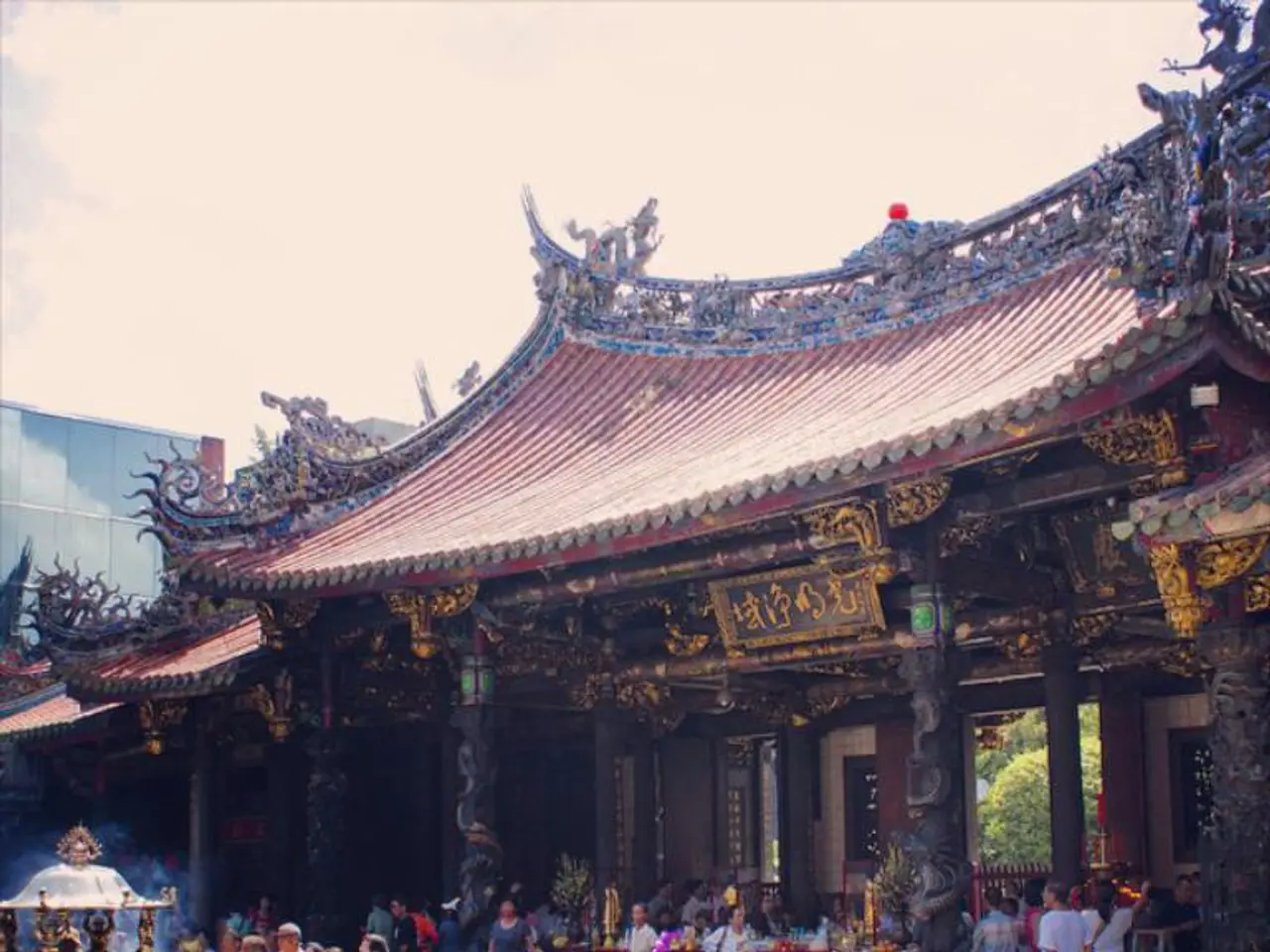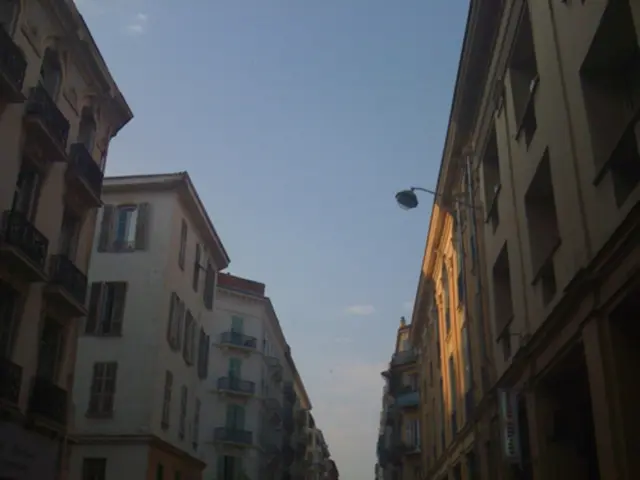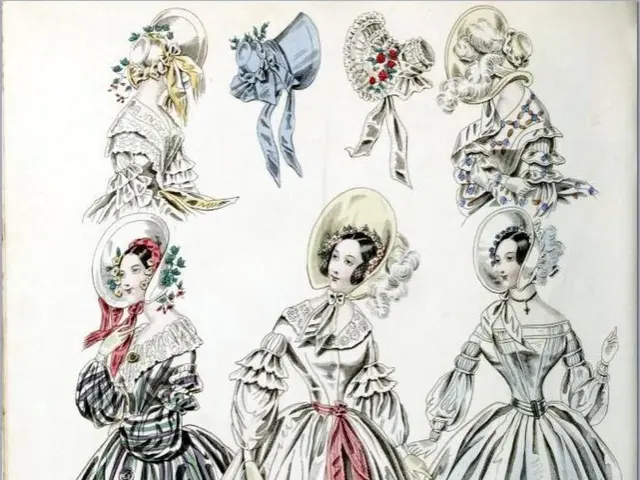Westward journey from Shibuya to Meguro showcases Tokyo's dynamic energy and sophisticated elegance on its western side.
Exploring the Layered Architecture of Shibuya's South Area
The south area of Shibuya, in Tokyo, has transformed from historical river landscapes and small-scale local commerce into a modern urban mix marked by architectural contrasts and ongoing redevelopment.
Historically, the Udagawa River valley, now buried underground, flowed towards Shibuya Crossing. The area retains elements such as brick-lined channels and greenway paths with plaques marking old bridges, linking present urban form to its natural and historical past. Nearby, Nishihara Shōtengai acts as a local shopping street, showcasing a blend of Shōwa-era storefronts next to modern glass and concrete buildings.
In recent years, large redevelopment projects have introduced skyscrapers like Sakura Stage, with 30- and 39-floor buildings offering offices, commercial spaces, and residences atop hills south of the station. These new complexes integrate into a landscape once associated with landmarks like the Naka-Shibuya Church, which carries cultural significance linked to postwar Tokyo and appears in notable films capturing the area's social dynamics.
Ebisu Station, incorporated into the Yamanote Line in 1909, started as a freight-only station for shipping beer in 1901 and became a passenger station in 1906. Near Ebisu, you'll find one of the locations of the Tokyo Toilet Project, a set of 17 public toilets designed by famous architects, including Tamura Nao.
Yebisu Garden Place, a stylish urban complex located near Ebisu Station, includes offices, shops, restaurants, a museum, and a scenic plaza. Sakura Stage, a new architectural piece, is located just south of Shibuya Station. Notable attractions within Yebisu Garden Place include Château Restaurant Joël Robuchon, a replica of a Louis XVI French palace housing three Michelin-starred restaurants.
Between Ebisu and Meguro, the outer side is a commercial district, while the inner side is a zone of quiet affluence. Compared to other parts of Tokyo, Shibuya’s south area is distinctive for its layered architectural scale and nuanced local commerce, blending old and new with a residential feel in certain sections. It differs from historically elite residential areas like Sanbancho and youth-style commercial hubs within Shibuya proper by balancing historical urban fabric with modern architecture on a human scale alongside large-scale towers.
Kami-Ōsaki, a cloistered elite neighborhood in Tokyo, known as the "whispering aristocracy," lies further south. Wealthy Japanese families, corporate executives, and some patrician households live here. The Naka-Shibuya Church, part of the United Church of Christ in Japan, is located in Sakuragaoka-chō, a hill surrounding Shibuya Station.
The Shibuya incineration plant, processing about 200 tons of waste per day and equipped with air pollution control to reduce emissions, is located nearby. National Route 246, a 125-kilometer-long highway that runs from Tokyo's central Chiyoda district to Numazu, Shizuoka, also passes through the area.
Starting your walk from Shibuya, one of the loop's main stops, you can explore this unique blend of history and modernity, taking in the architectural contrasts and ongoing redevelopment that define the south area of Shibuya.
- In the south area of Shibuya, one can connect the present urban form to its historic past by following greenway paths and checking plaques that mark old bridges.
- This blended urban landscape, featuring elements like the Naka-Shibuya Church and modern skyscrapers such as Sakura Stage, also houses an architectural masterpiece like Château Restaurant Joël Robuchon.-context: Yebisu Garden Place
- Real-estate development and investing opportunities arise in Shibuya's south area, known for its layered architectural scale, where new buildings coexist with older structures and create a residential feel in certain sections.
- The south area of Shibuya isn't only a hub for modern architecture and technology; it also features an eco-friendly initiative like the Tokyo Toilet Project and waste processing facilities such as the Shibuya incineration plant.





